A new 60s-inspired book captures the rarest colours in the world
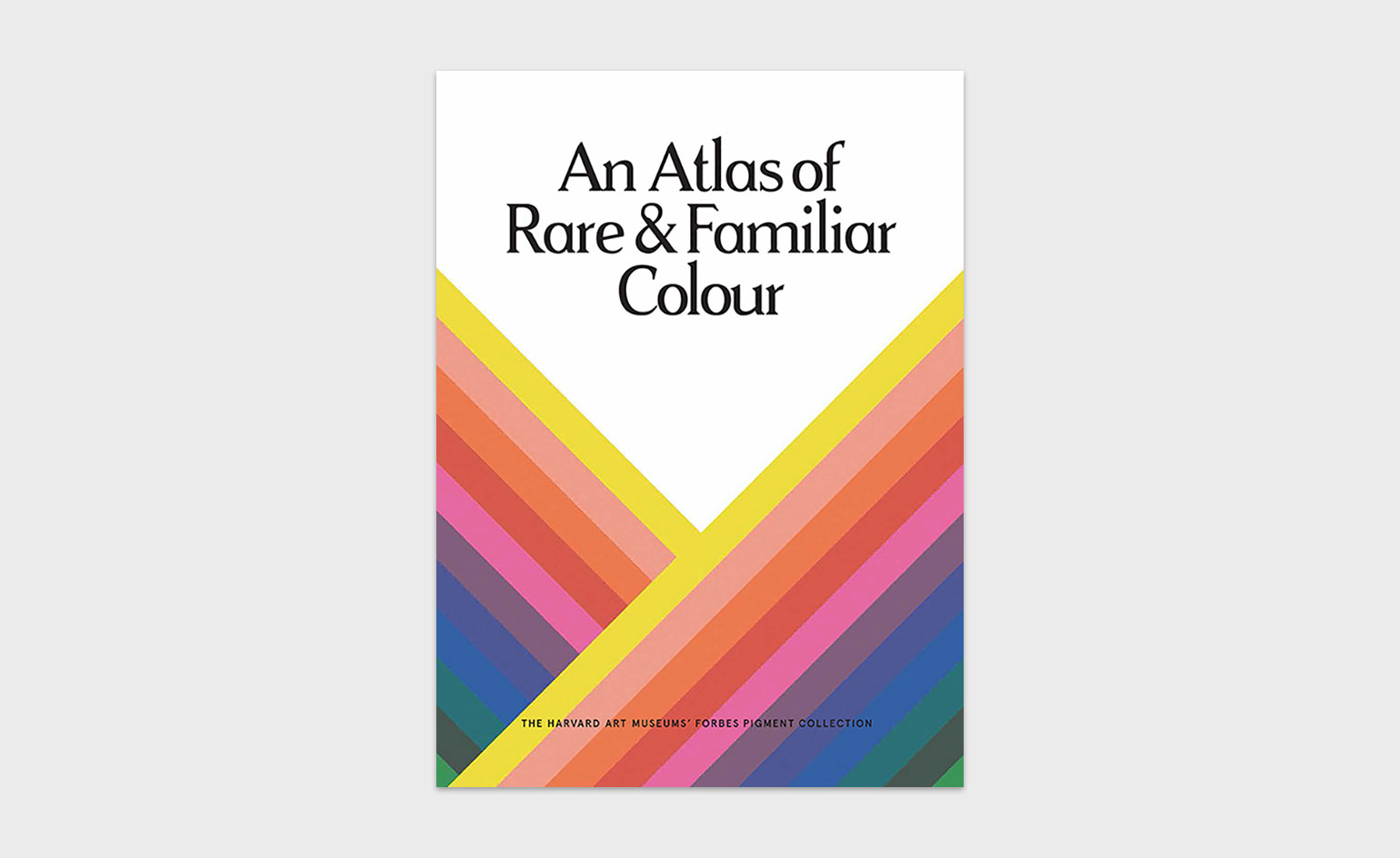
The Harvard Art Museums hold over 2500 of the world’s rarest pigments, from bits of Egyptian blue glass dating to 1,000 BCE to newly released fluorescent hues. Public access to the colour library has been restricted – until now, where, in An Atlas of Rare & Familiar Colour, the collection is excavated by Atelier Éditions in startling detail and vividity, through gradated colour-coded chapters.
Inside the gloriously retro, 60s-inspired rainbow hardback, we find an encyclopedic photobook of poised still lifes, where each phial, herb and pigment-filled container becomes a character, narrating the fascinating history of colour.
Former Fogg Art Museum director Edward Forbes started the collection at the turn of the 20th century, in the interest of preserving the early Italian paintings he had just begun to collect. Through the years, word of mouth helped the collection to grow into a vast apothecary of bottles and beakers as other art lovers and experts donated their own pigments. Continually growing, the collection helps experts worldwide to research and authenticate paintings.
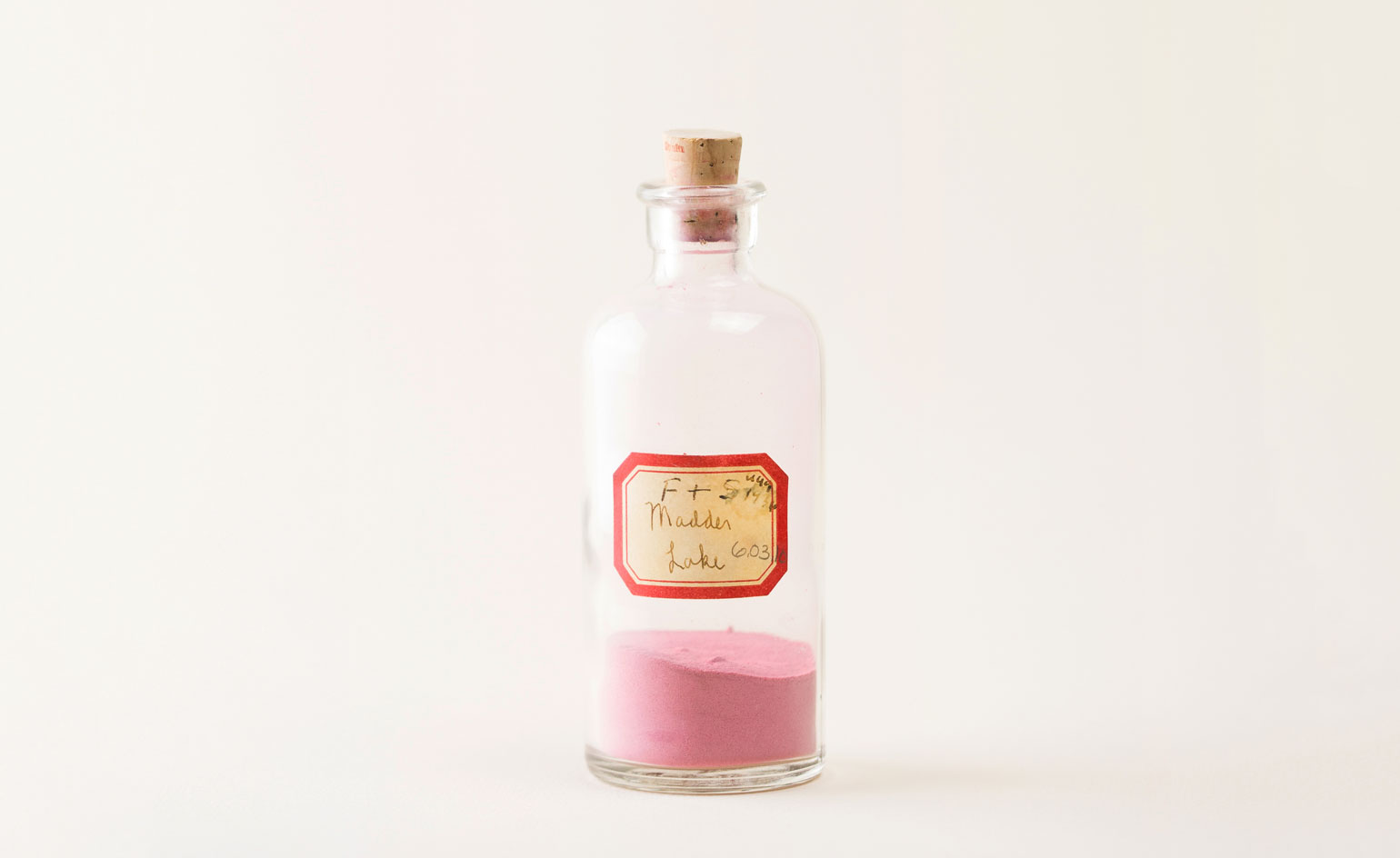
Madder Lake Straus.1600 Fezandie & Sperrle Inc, USA, 1936.
In Cambridge, Forbes’ legacy thrives in the museums’ Straus Center for Conservation and Technical Studies, where experts preserve masterworks for future generations and decipher the chemical makeup of paint and pottery glaze. As well as looking to the future, the pigments are a tinted window to the past, shedding light on the working methods and preferred materials of renowned artists. Studying them reveals the effort it took, in the days before synthetic pigments, to get colours just right.
We learn that green hues were entirely absent from cave paintings, and that popular sage-green wallpaper in the 19th century hastened many to their deaths, thanks to its reliance on arsenic-derived dyes. We come paper-close to Ultramarine, a vivid blue made from lapis lazuli mined in Afghanistan, which was once more precious than gold.
As well as providing a reference guide to art conservators, this is a document for sore eyes, a graphic glossary of the colours that inject vibrancy into our art and world. A Rothko quote sums it up, swimming in a scarlet page, ‘There is only one thing I fear in my life, my friend; One day the black will swallow the red.’
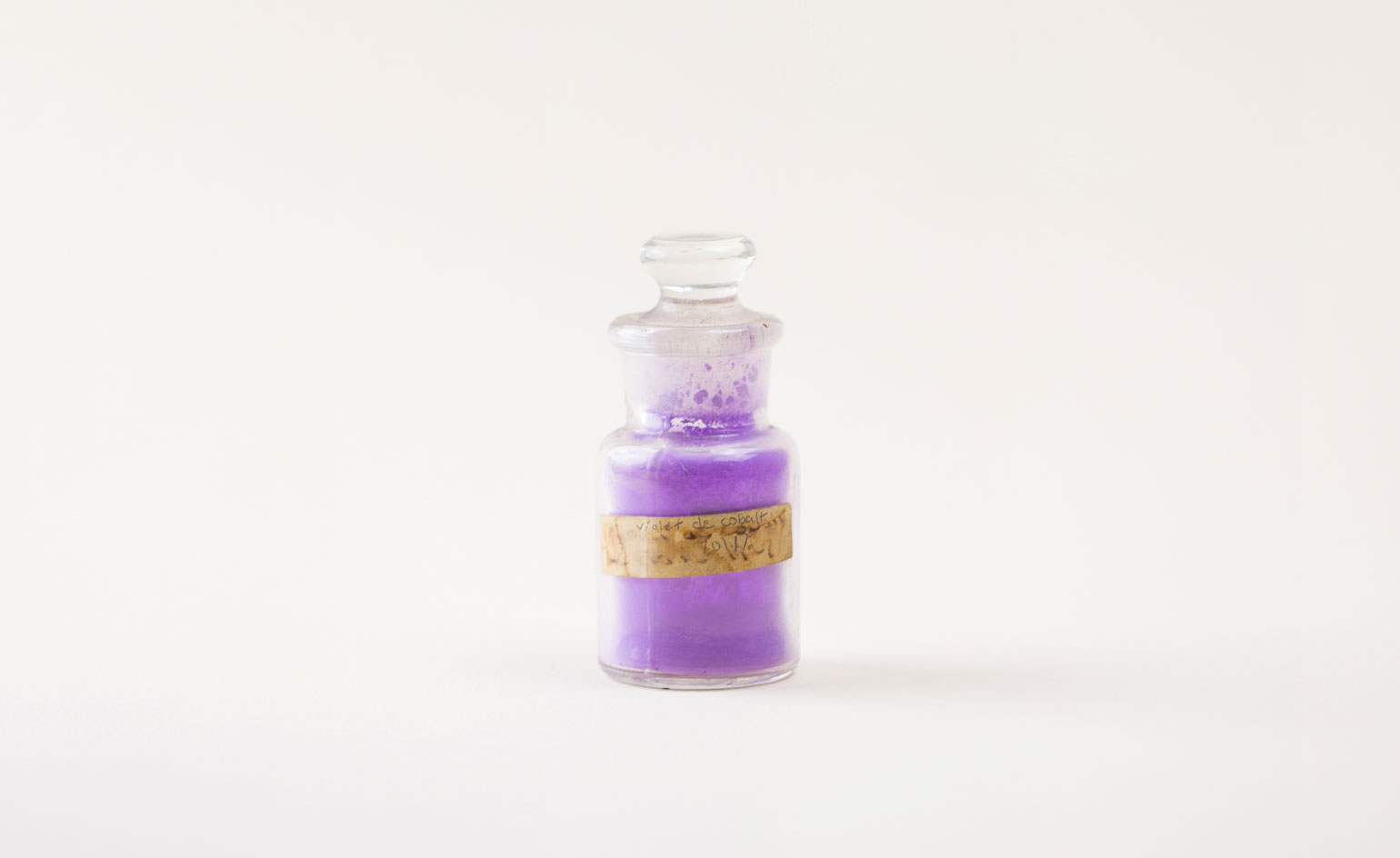
Violet de Cobalt Straus. 1749 Lefranc & Cie, France, 1927.
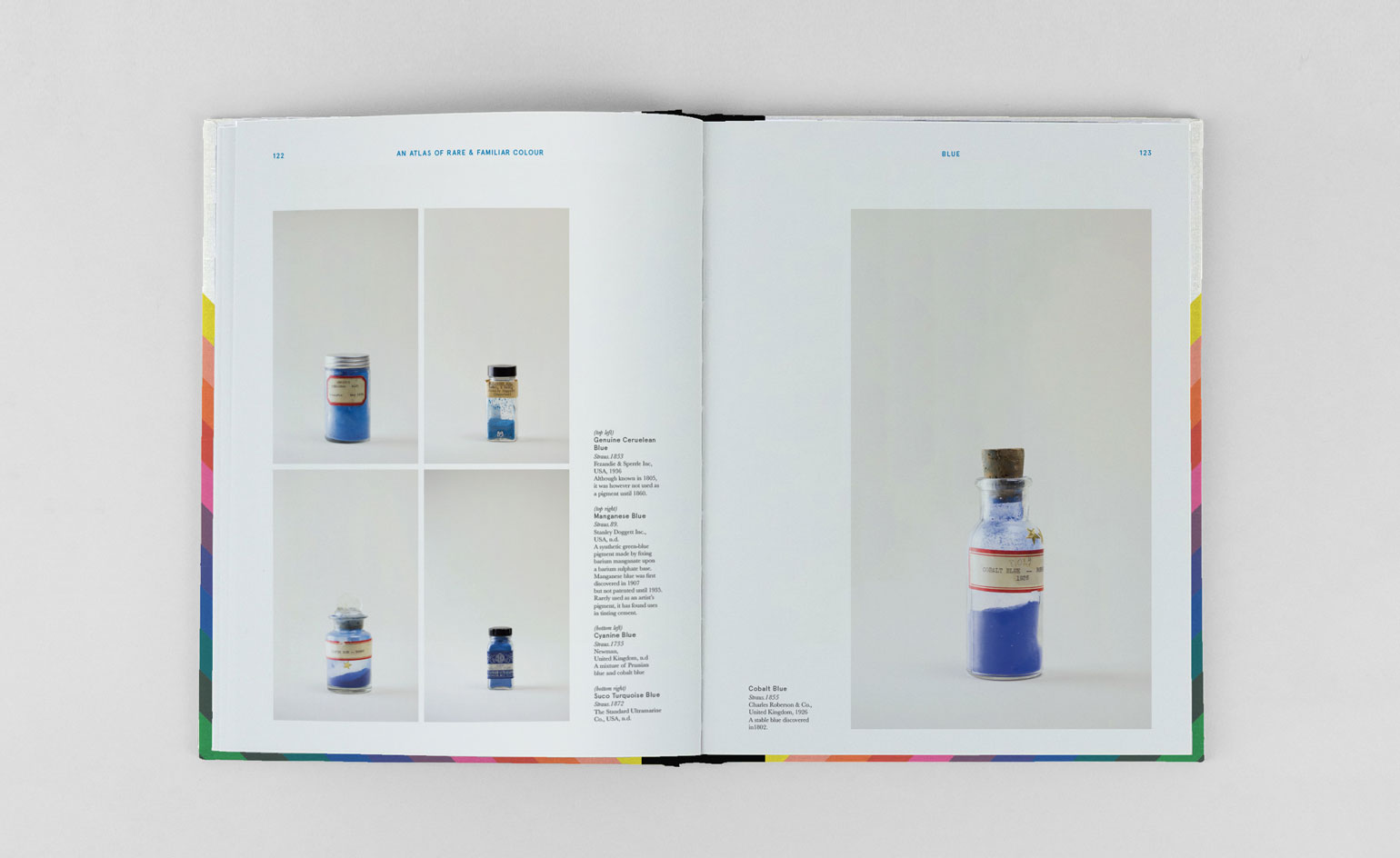
From the chapter ‘Blue’, inside An Atlas of Rare & Familiar Colour; The Harvard Art Museums, Forbes Pigment Collection, published by Atelier Éditions.
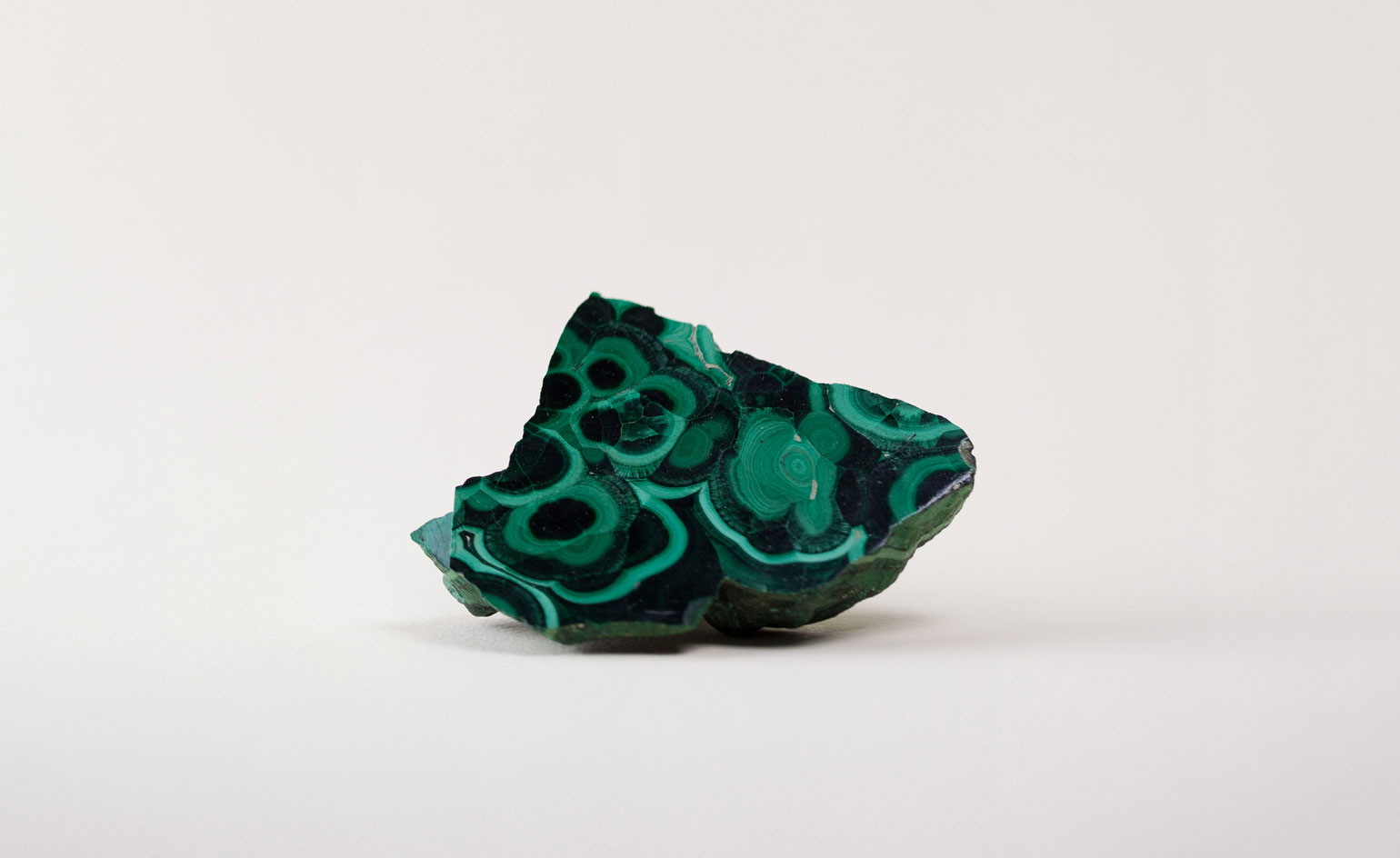
Malachite, (polished) Straus. 536.
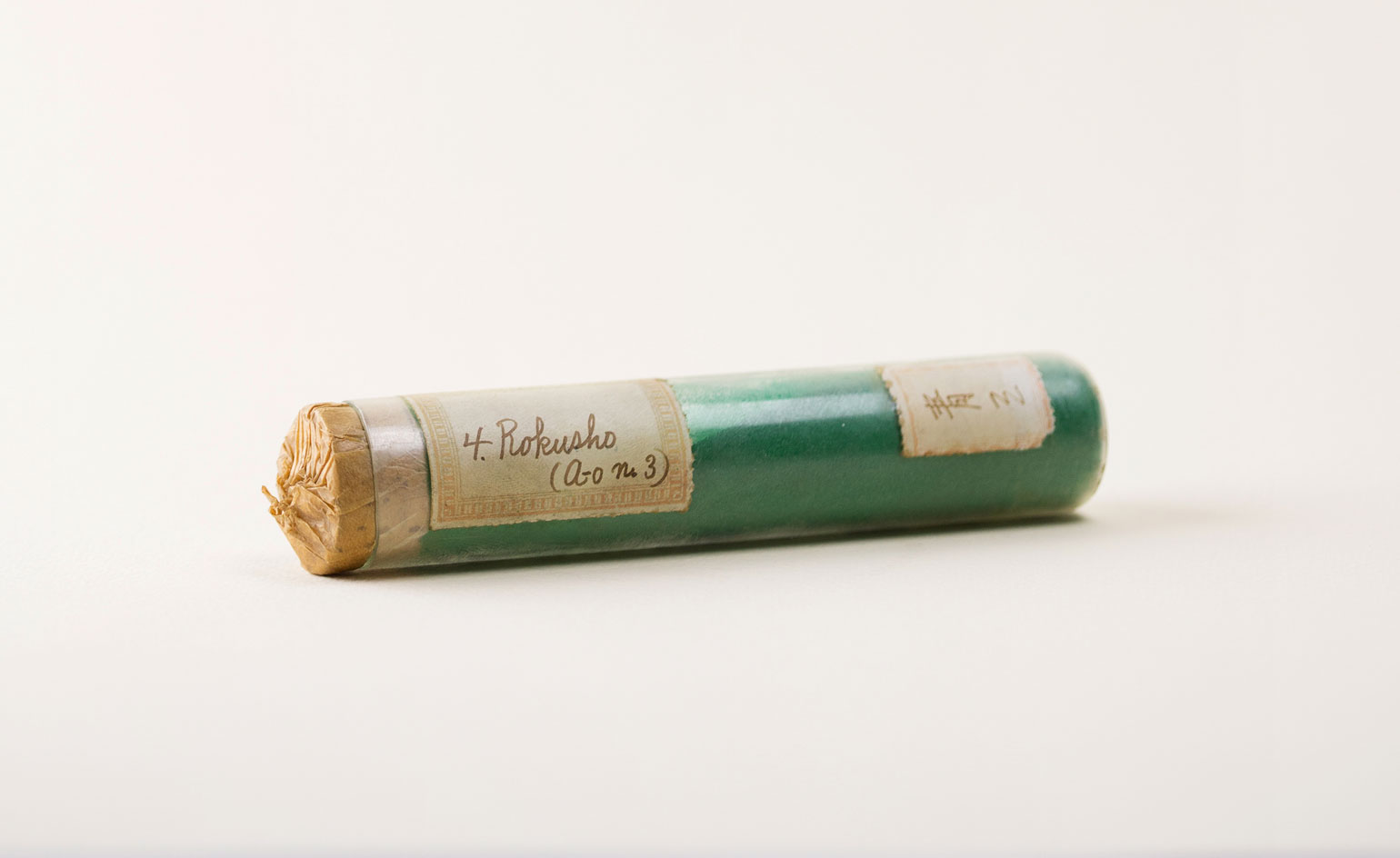
Rokusho, A-0 No. 3 Straus. 800 Japan, 1931.
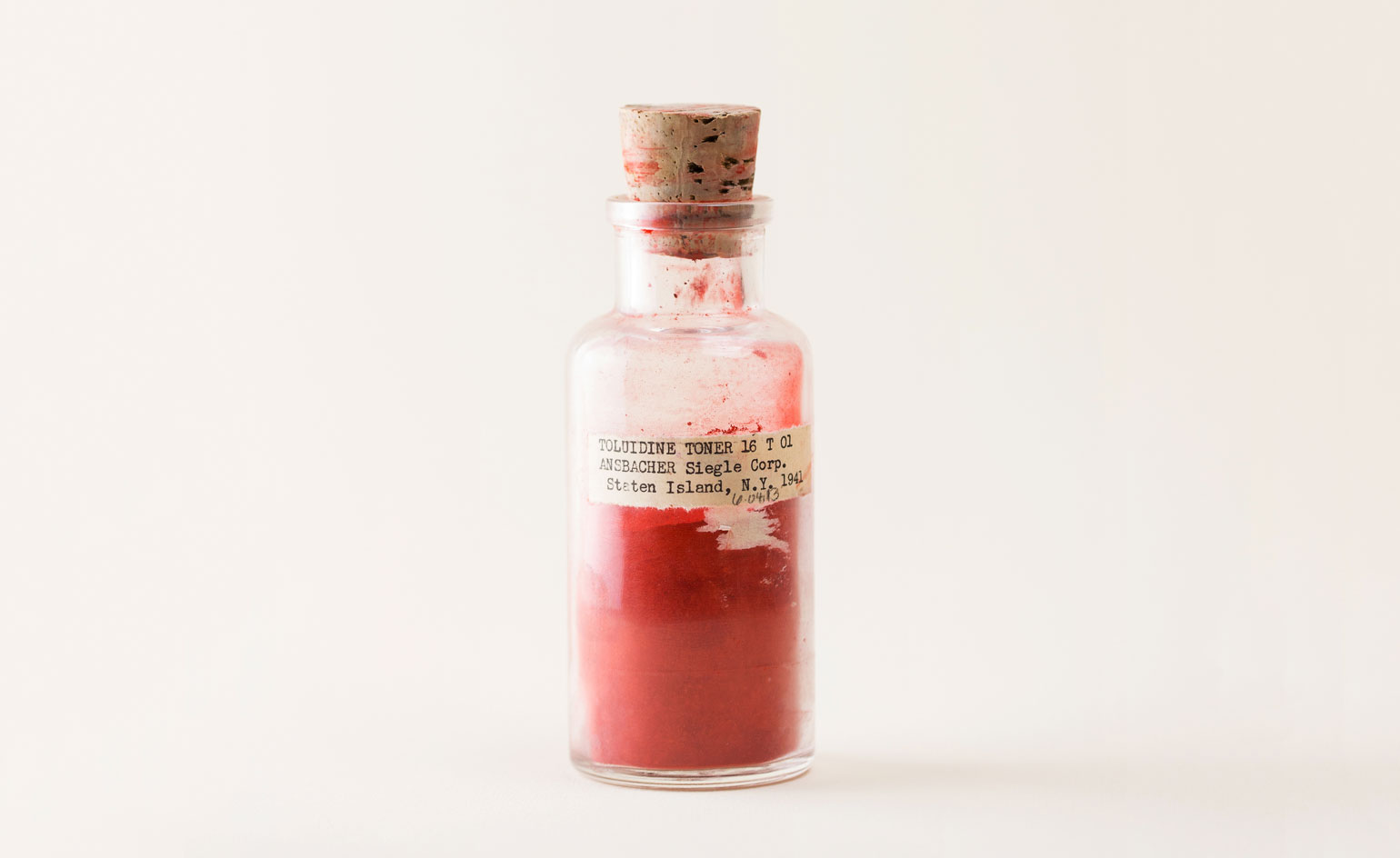
Toluidine Toner 16 T 01 Straus. 1657 Ansbacher-Siegle Corp., USA, undated.
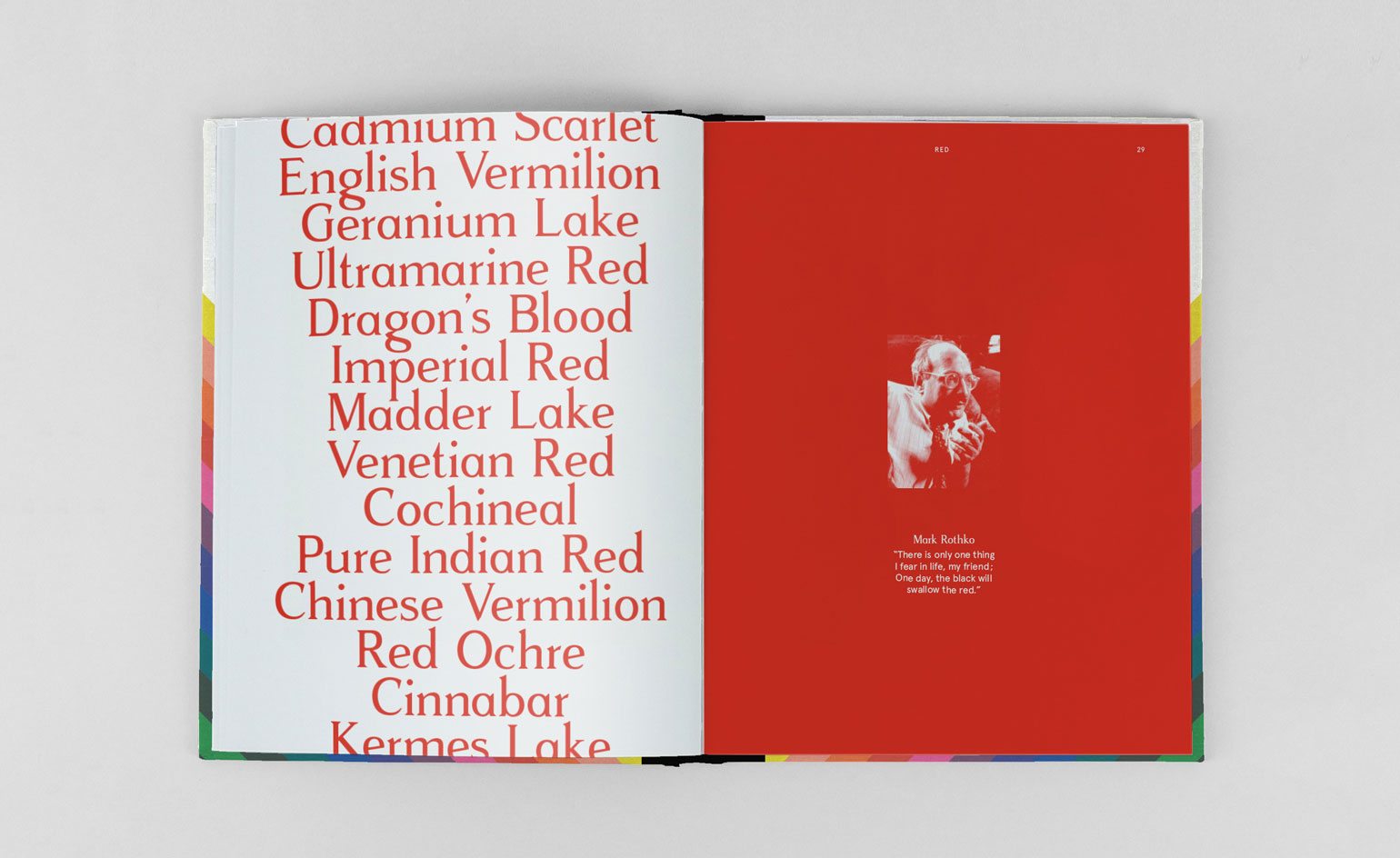
From the chapter ‘Red’, inside An Atlas of Rare & Familiar Colour; The Harvard Art Museums, Forbes Pigment Collection, published by Atelier Éditions.
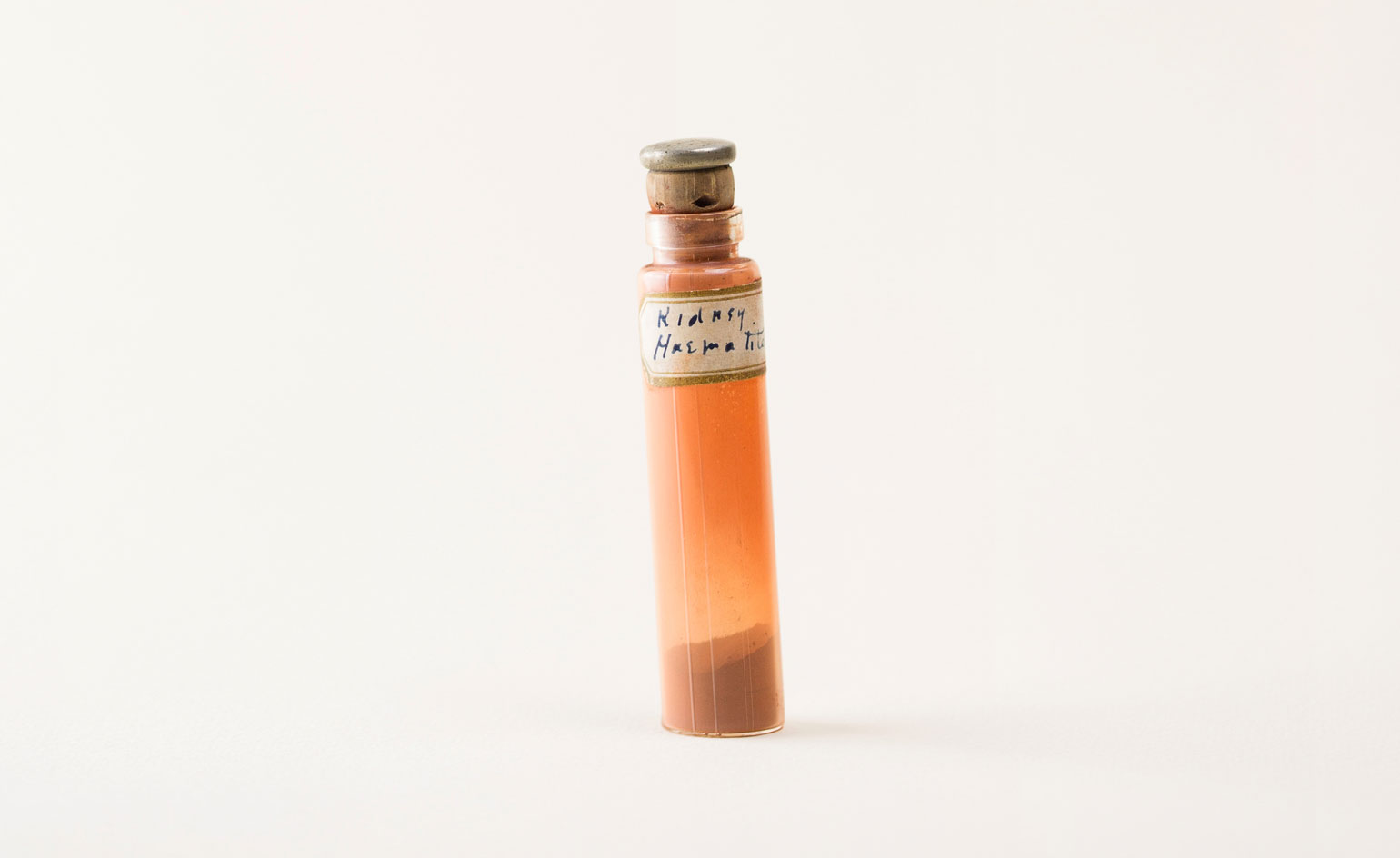
Kidney Haematite Straus. 1502.
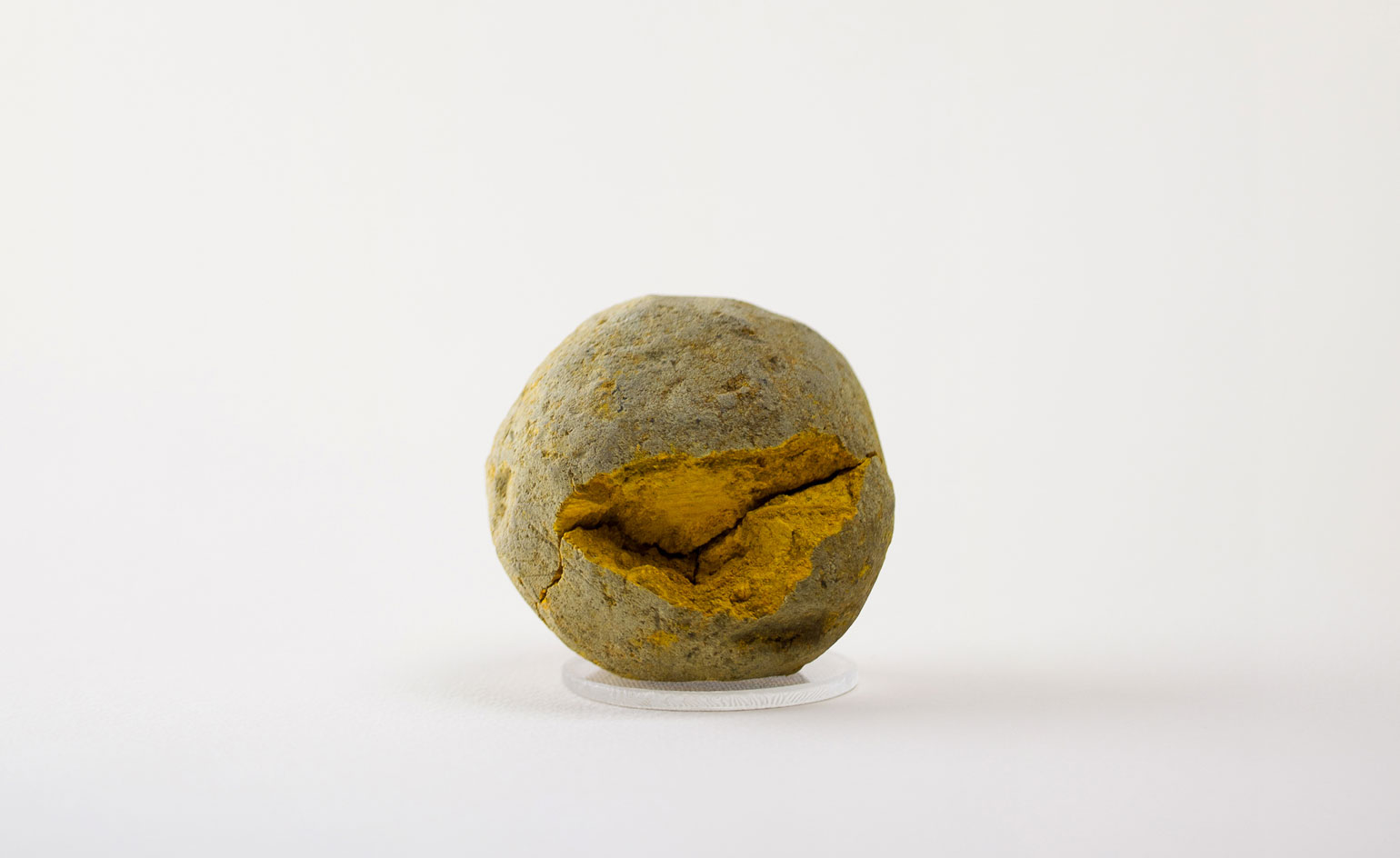
Ball of Raw Indian Yellow Straus. 529 Charles Roberson & Co., United Kingdom, 1914.
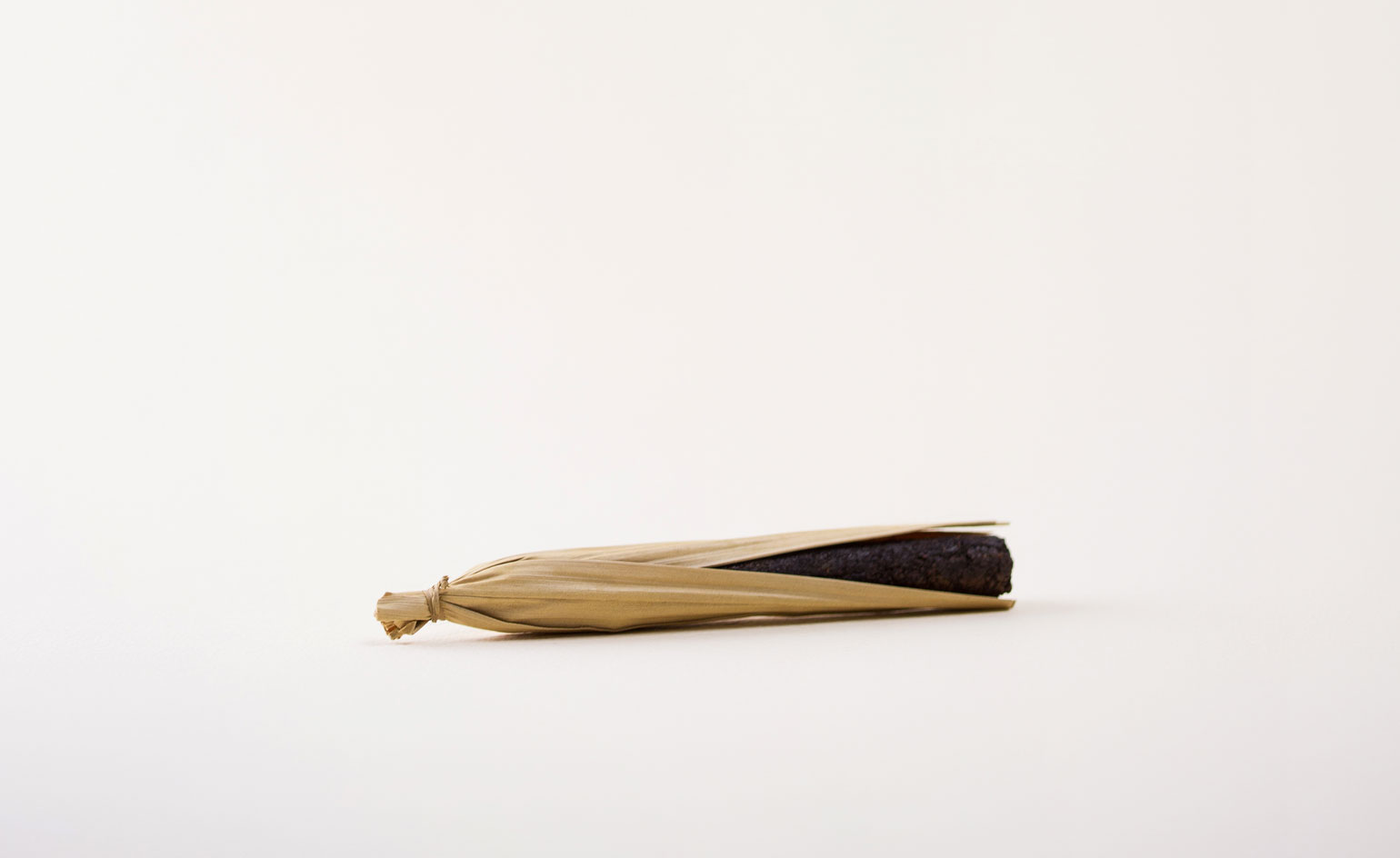
Dragon’s Blood in native reed Straus. 566.
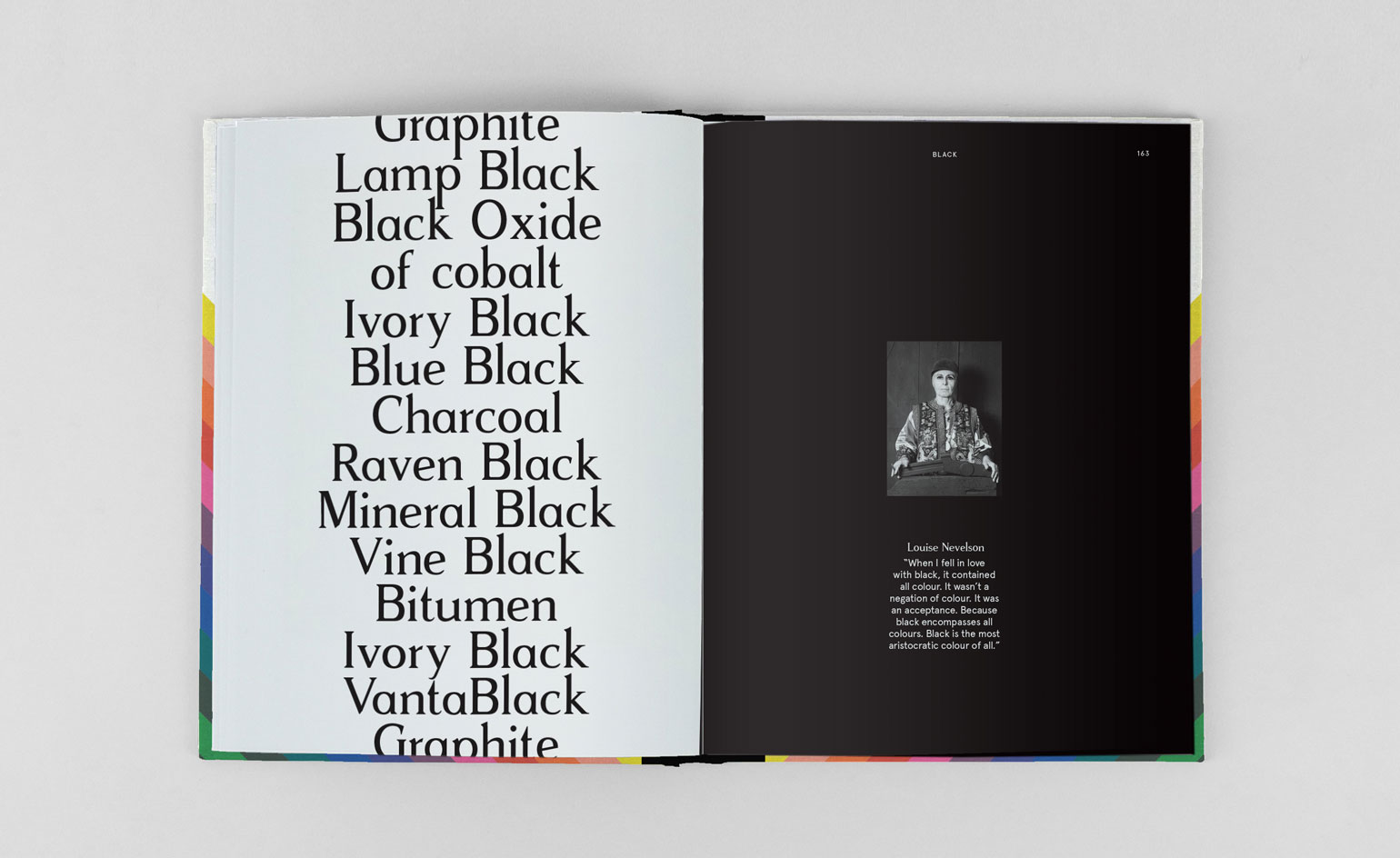
From the chapter ‘Black’, inside An Atlas of Rare & Familiar Colour; The Harvard Art Museums, Forbes Pigment Collection, published by Atelier Éditions.
Information
An Atlas of Rare & Familiar Colour is a new publication from the Straus Center for Conservation and Technical Studies at the Harvard Art Museums, published by Atelier Éditions. For more information, visit the Atelier Éditions website
Wallpaper* Newsletter
Receive our daily digest of inspiration, escapism and design stories from around the world direct to your inbox.
Elly Parsons is the Digital Editor of Wallpaper*, where she oversees Wallpaper.com and its social platforms. She has been with the brand since 2015 in various roles, spending time as digital writer – specialising in art, technology and contemporary culture – and as deputy digital editor. She was shortlisted for a PPA Award in 2017, has written extensively for many publications, and has contributed to three books. She is a guest lecturer in digital journalism at Goldsmiths University, London, where she also holds a masters degree in creative writing. Now, her main areas of expertise include content strategy, audience engagement, and social media.
-
 All-In is the Paris-based label making full-force fashion for main character dressing
All-In is the Paris-based label making full-force fashion for main character dressingPart of our monthly Uprising series, Wallpaper* meets Benjamin Barron and Bror August Vestbø of All-In, the LVMH Prize-nominated label which bases its collections on a riotous cast of characters – real and imagined
By Orla Brennan
-
 Maserati joins forces with Giorgetti for a turbo-charged relationship
Maserati joins forces with Giorgetti for a turbo-charged relationshipAnnouncing their marriage during Milan Design Week, the brands unveiled a collection, a car and a long term commitment
By Hugo Macdonald
-
 Through an innovative new training program, Poltrona Frau aims to safeguard Italian craft
Through an innovative new training program, Poltrona Frau aims to safeguard Italian craftThe heritage furniture manufacturer is training a new generation of leather artisans
By Cristina Kiran Piotti
-
 ‘Humour is foundational’: artist Ella Kruglyanskaya on painting as a ‘highly questionable’ pursuit
‘Humour is foundational’: artist Ella Kruglyanskaya on painting as a ‘highly questionable’ pursuitElla Kruglyanskaya’s exhibition, ‘Shadows’ at Thomas Dane Gallery, is the first in a series of three this year, with openings in Basel and New York to follow
By Hannah Silver
-
 ‘Dressed to Impress’ captures the vivid world of everyday fashion in the 1950s and 1960s
‘Dressed to Impress’ captures the vivid world of everyday fashion in the 1950s and 1960sA new photography book from The Anonymous Project showcases its subjects when they’re dressed for best, posing for events and celebrations unknown
By Jonathan Bell
-
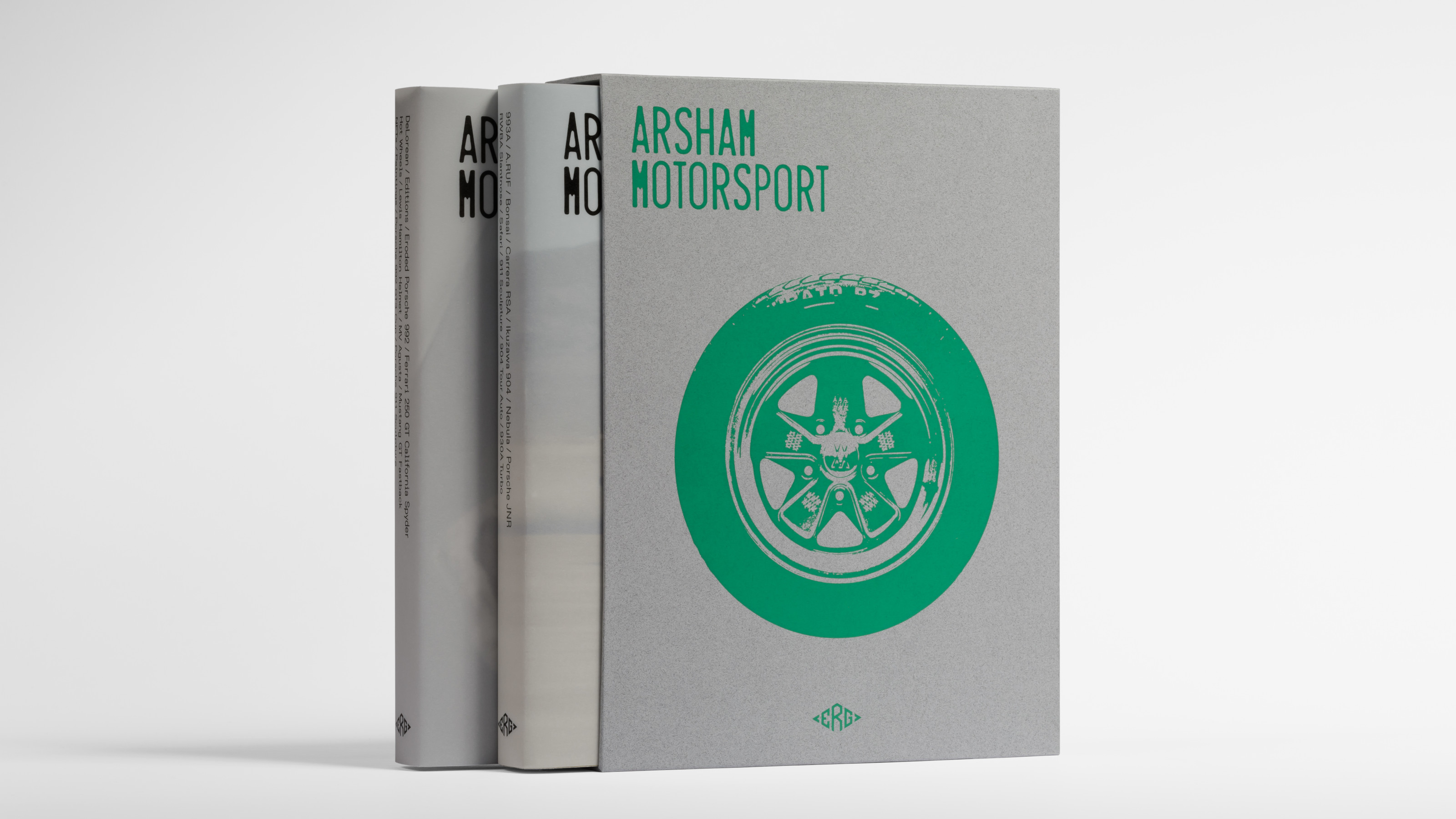 Daniel Arsham’s new monograph collates the works of the auto-obsessed American artist
Daniel Arsham’s new monograph collates the works of the auto-obsessed American artist‘Arsham Motorsport’ is two volumes of inspiration, process and work, charting artist Daniel Arsham’s oeuvre inspired by the icons and forms of the automotive industry
By Jonathan Bell
-
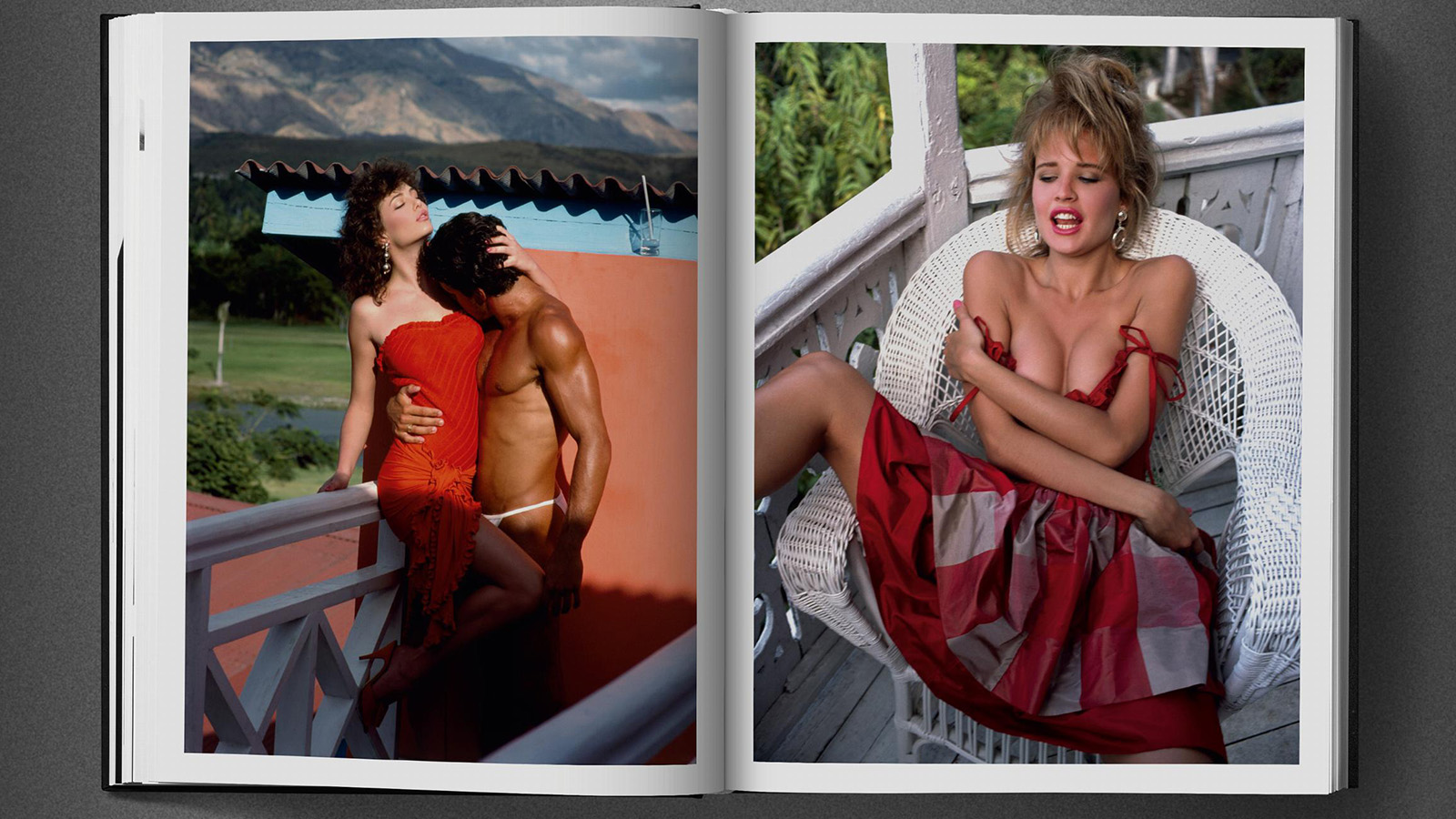 Era-defining photographer David Bailey guides us through the 1980s in a new tome not short of shoulder pads and lycra
Era-defining photographer David Bailey guides us through the 1980s in a new tome not short of shoulder pads and lycraFrom Yves Saint Laurent to Princess Diana, London photographer David Bailey dives into his 1980s archive in a new book by Taschen
By Tianna Williams
-
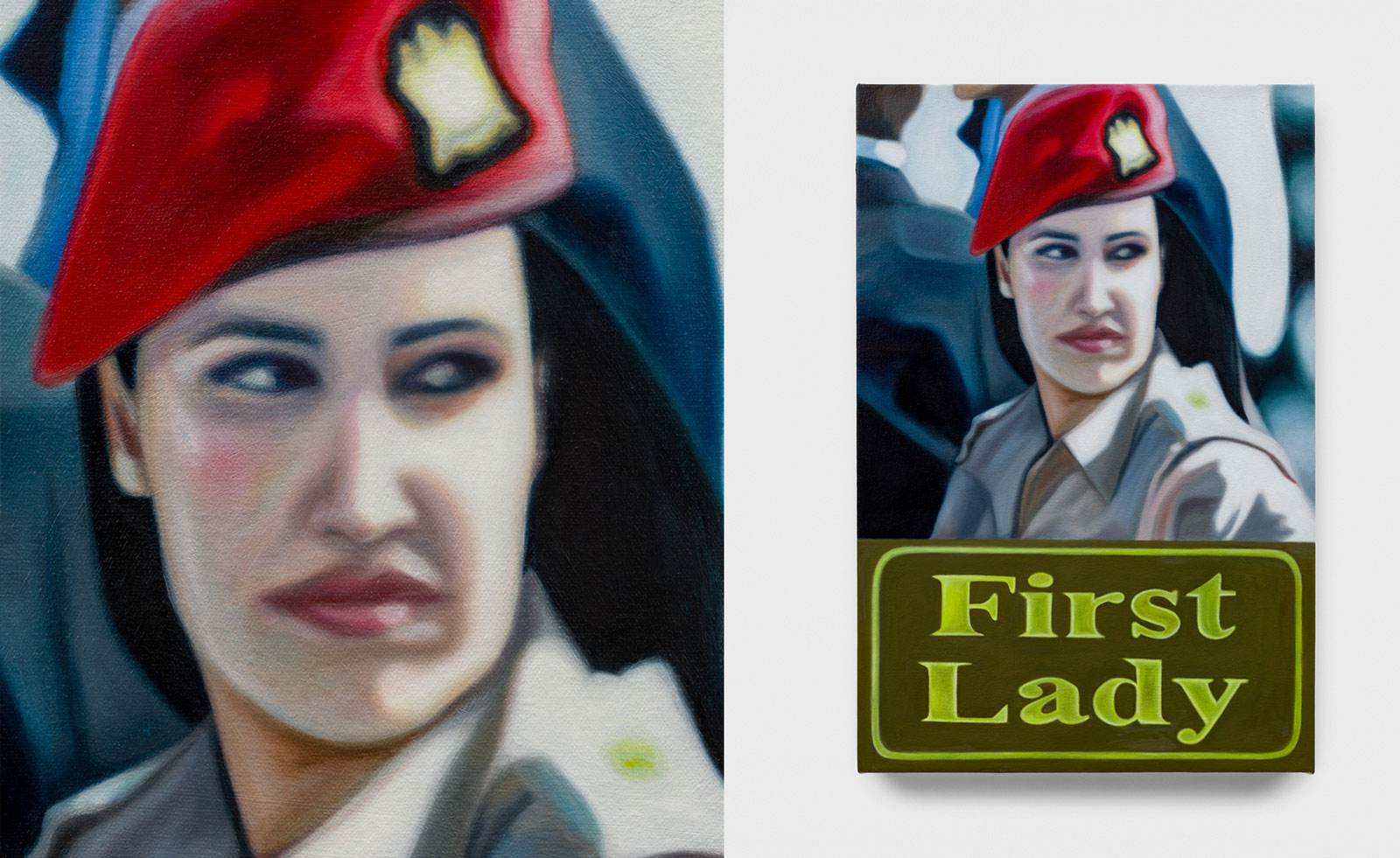 Tasneem Sarkez's heady mix of kitsch, Arabic and Americana hits London
Tasneem Sarkez's heady mix of kitsch, Arabic and Americana hits LondonArtist Tasneem Sarkez draws on an eclectic range of references for her debut solo show, 'White-Knuckle' at Rose Easton
By Zoe Whitfield
-
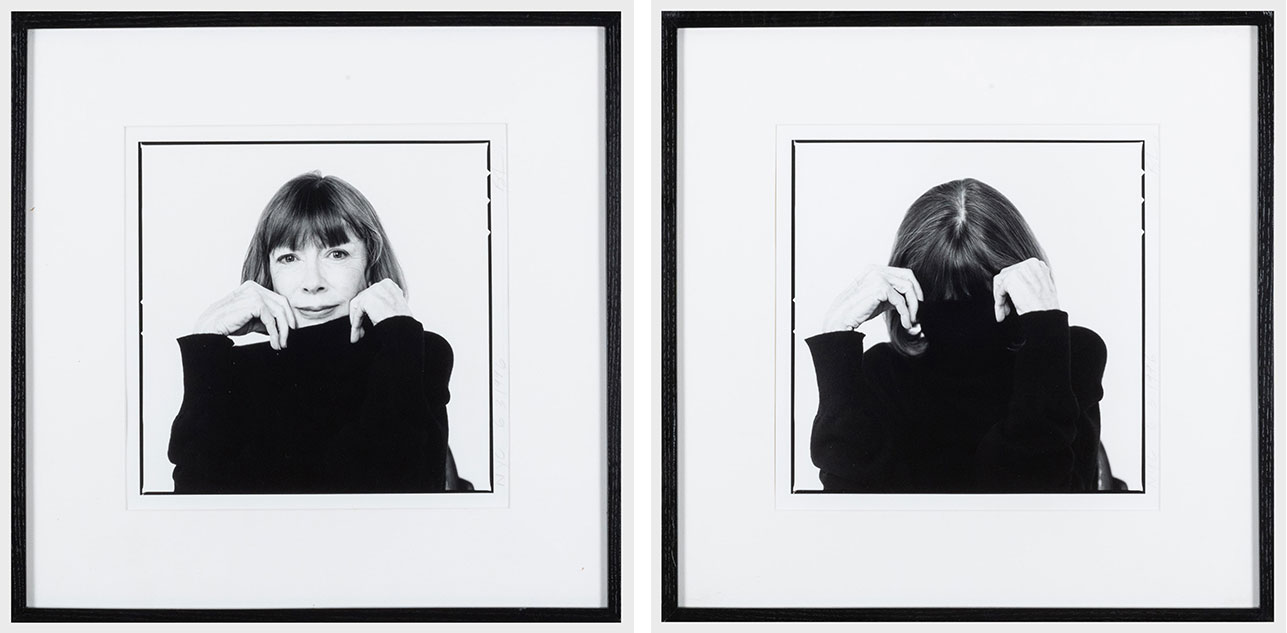 Inside Joan Didion’s unseen diary of personal relationships and post-therapy notes
Inside Joan Didion’s unseen diary of personal relationships and post-therapy notesA newly discovered diary by Joan Didion is soon to be published. Titled 'Notes to John', the journal documents her relationship with her daughter, husband, alcoholism, and depression
By Tianna Williams
-
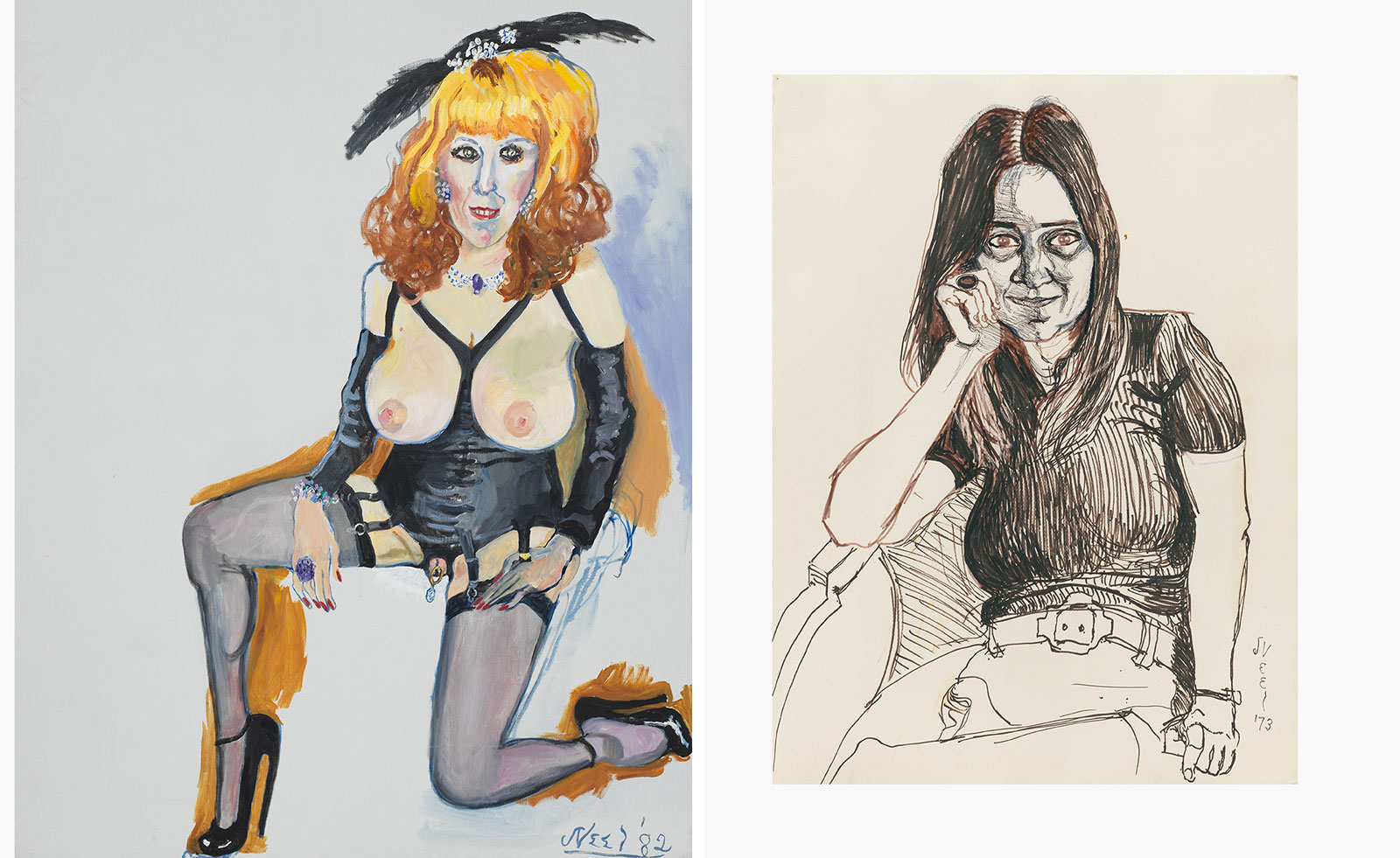 Alice Neel’s portraits celebrating the queer world are exhibited in London
Alice Neel’s portraits celebrating the queer world are exhibited in London‘At Home: Alice Neel in the Queer World’, curated by Hilton Als, opens at Victoria Miro, London
By Hannah Silver
-
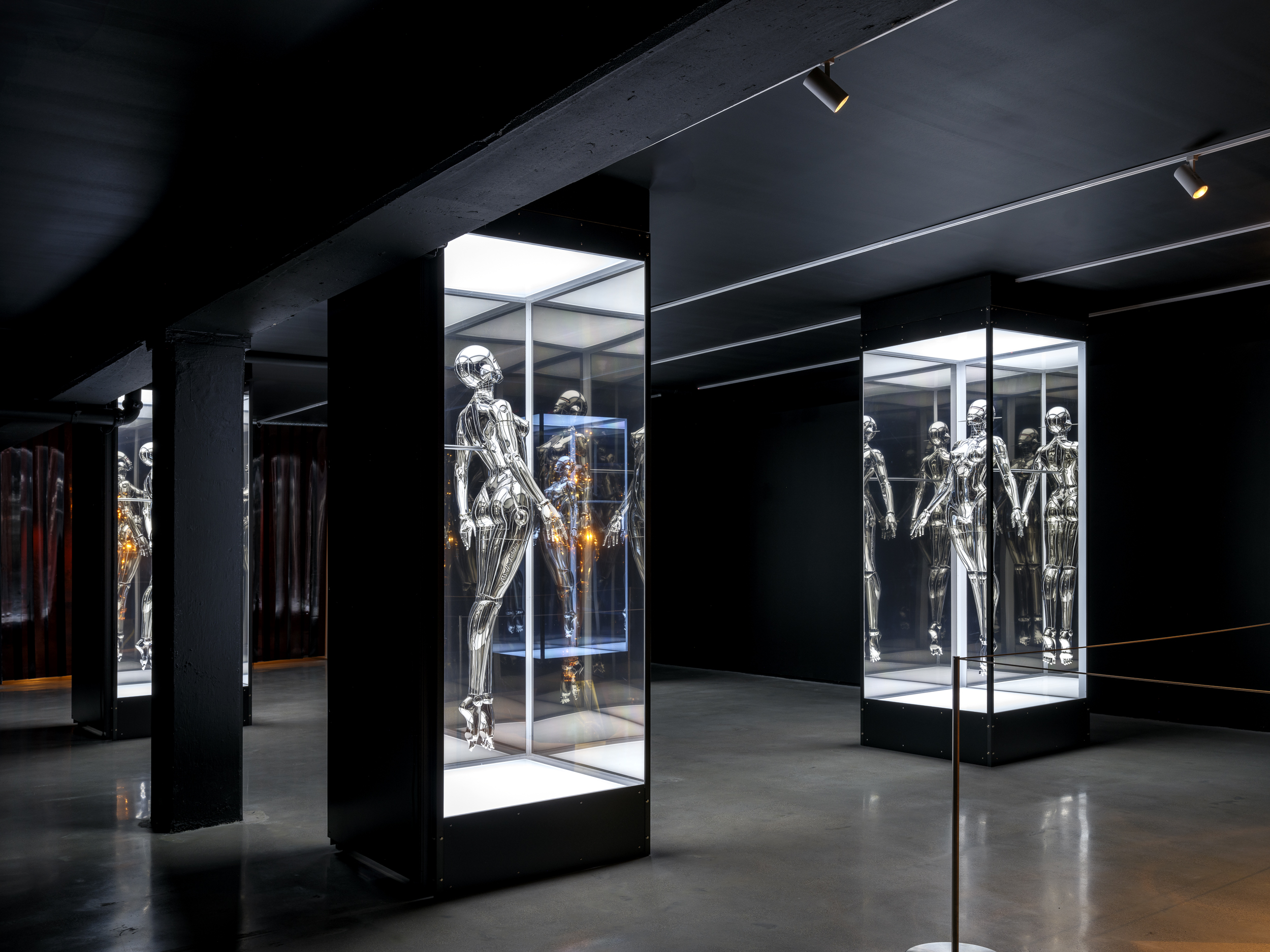 Miami’s new Museum of Sex is a beacon of open discourse
Miami’s new Museum of Sex is a beacon of open discourseThe Miami outpost of the cult New York destination opened last year, and continues its legacy of presenting and celebrating human sexuality
By Anna Solomon